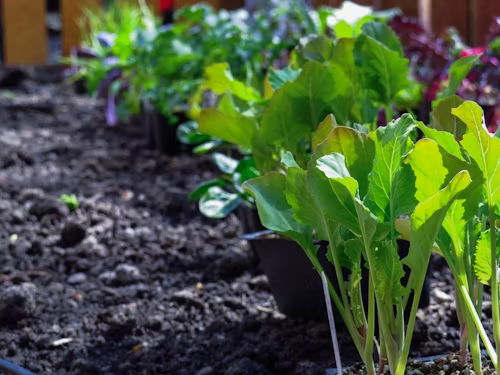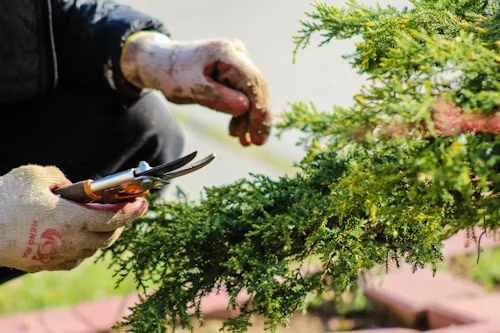
Pollinators like bees, butterflies, and birds are essential for a healthy garden and ecosystem. Without them, many plants, including fruits and vegetables, wouldn’t be able to reproduce. Creating a pollinator-friendly garden helps protect these vital creatures while adding beauty to your space.
- Choose Pollinator-Friendly Plants: Opt for flowers that produce nectar and pollen, which attract pollinators. Native wildflowers like coneflowers, bee balm, and milkweed are excellent choices. Avoid hybrid varieties that may have less nectar or pollen. Plant a variety of flowers with different bloom times to provide food throughout the growing season.
- Provide Shelter: Pollinators need safe places to rest and nest. Leave some areas of your garden a little wild—piles of leaves, bare ground, and old logs offer habitat for bees and other insects. You can also install a bee hotel to provide nesting sites for solitary bees.
- Limit Pesticide Use: Pesticides, especially those containing neonicotinoids, can harm pollinators. Instead of using chemicals, try natural pest control methods like introducing beneficial insects or using insecticidal soaps. If you must use pesticides, apply them in the evening when pollinators are less active.
- Add a Water Source: Pollinators need water, too. Provide a shallow dish or birdbath with pebbles for bees and butterflies to land on while they drink. Keeping the water fresh and clean helps attract more pollinators.
- Plant in Clusters: Pollinators are more attracted to large clusters of flowers than isolated blooms. Planting in groups ensures that they don’t have to travel far between meals, which conserves their energy.
By creating a pollinator-friendly garden, you’re helping preserve the ecosystem and boosting the health of your plants at the same time.











